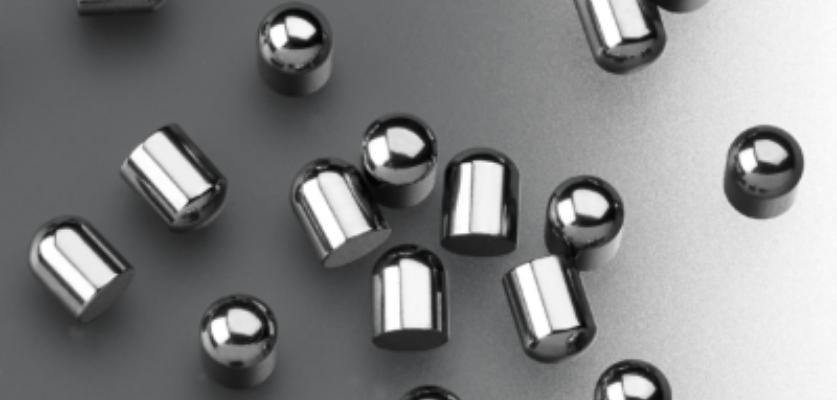
Precision metal refers to metal materials that exhibit a high level of accuracy in terms of dimensions, composition, and material properties. It encompasses various important considerations for your product or manufacturing needs.
Dimensional precision is a primary concern for our customers when it comes to precision metal. Our cutting-edge metal cutting techniques enable us to achieve stringent cutting tolerances, resulting in high Cpk/Ppk values. We can provide a level of dimensional accuracy that exceeds the actual requirements of our customers.
In general, achieving higher dimensional precision often comes with increased costs. This is because attaining precise dimensions typically requires machinery with the strictest tolerances, which are made up of components manufactured to the tightest tolerances. Additionally, obtaining optimal results from these machines requires years of experience and highly skilled operators. Therefore, the costs associated with the machinery, labor, and achieving the final precision metal dimensions can be significant.
Is laser metal cutting worth the precision?
An example worth considering is laser processing. While it offers flexibility and precise attainment of strict tolerances and small kerfs, laser cutting is often slower and more expensive, particularly for 2-axis cutting. Although high-power lasers can achieve faster cutting speeds, they may introduce rough cutting surfaces and wide and deep heat-affected zones that might not meet your requirements for precision metal dimensions.
For laser cutting of metal tubes, it is necessary to apply anti-splatter fluids inside the tubes and process materials individually, which increases production time and costs.
Is 3D printing really the answer?
Another example lies in the cost and dimensional accuracy trade-off in 3D manufacturing. In this case, the laser sintering process depends on various variables, including the laser spot size, the size of metal powders in microns, and the height intervals in the "elevator" steps that present fresh powder to be laser-sintered. In the early days of 3D printing, these variables, especially the height intervals in the elevator steps, were significantly larger compared to Swiss-style turning and milling machines of the same era.
Consequently, despite the ability of 3D methods to add metal features that cannot be achieved through traditional subtractive methods, the surface roughness of the final product remains noticeably present due to the relatively lower resolution of early 3D printing technologies.
While today's direct metal laser sintering technologies have greatly improved in terms of intervals, powder size, and laser dimensions, there are still some limitations. Therefore, for applications that require highly precise dimensions, traditional machining methods may be more suitable.
Precision metal composition
In addition to dimensional accuracy, precision metal also involves the precise control of metal composition. In certain applications, specific metal alloys require extremely accurate compositions to meet performance requirements.
For instance, in the aerospace industry, aircraft engine components need to have precise compositions to ensure high-temperature strength, corrosion resistance, and other critical properties.
To achieve precise metal compositions, the manufacturing process requires strict control over material ratios and mixing. This often involves the use of precise weighing and mixing equipment and necessitates meticulous quality control over raw materials and manufacturing processes.
Precision in material properties
Apart from dimensions and composition, precision metal may also involve the accuracy of material properties. Material properties refer to the physical and chemical characteristics of a material under specific conditions, such as hardness, strength, thermal conductivity, and electrical conductivity.
In practical applications, certain metals with specific material properties may be required to meet particular requirements. For example, when manufacturing precision instruments or electronic devices, metal parts may need to possess highly accurate electrical and thermal conductivity.
Achieving precision in material properties requires proper material selection and processing methods. Material selection can be optimized based on the desired material properties, and processing methods can be adjusted by controlling the material's crystal structure and microstructure to fine-tune the material properties.
In conclusion
Precision metal refers to metals that exhibit high accuracy in terms of dimensions, composition, and material properties. The requirements for precision metal may vary depending on the specific applications and desired performance and characteristics.
Achieving precision metal involves advanced manufacturing techniques and rigorous quality control methods. This may include precise dimensional control, accurate control of metal compositions, and precise adjustment of material properties.
Ultimately, the choice of precision metal depends on the specific requirements and budget of the application. When selecting a precision metal supplier or manufacturer, it is crucial to engage in detailed discussions to ensure they can meet your requirements and provide high-quality products.
Specify What Precision Is For Your Manufacturing Needs.
The most important characteristic of precision metals — the thing that makes a particular metal precise — is going to vary depending on your application and your production goals.
Whether your emphasis is on dimensions , composition, or performance, you can help to ensure the best results and optimize manufacturability by carefully crafting your part specifications.
Post time: Feb-26-2024
